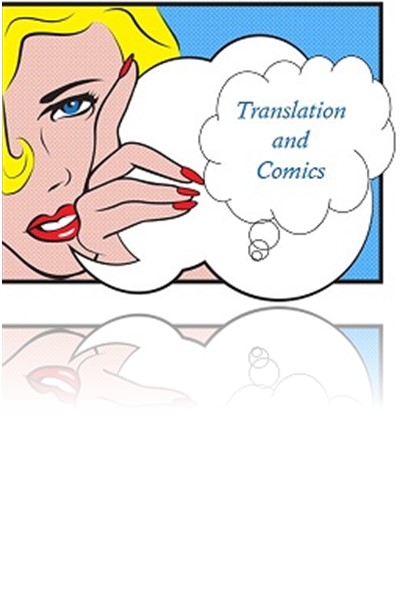Who translates the translation? (Re)traduire les héros marginaux d'Alan Moore
DOI:
https://doi.org/10.21992/T9FK86Keywords:
Translation, Retranslation, ComicsAbstract
The retranslation phenomenon is essential to the translation process. It is considered as the logical progression of this process which allows the translated literary work to regenerate in a restless cultural and language space. To a lesser extent, we can observe the same phenomenon in the translation of comics. However, this specific translation requires other competencies and a translating approach somehow different from the ones required to translate fiction literature, especially because of the presence of the visual system of drawings which is strongly bound to its own culture and the endless mutations it goes through. The comic book Watchmen (Les Gardiens, in the first French translation) by Alan Moore and Dave Gibbons, is known in the whole world as the comic which had not only remodeled the vision we had of super-heroes, but had also given the comic books another voice. Watchmen was published between 1986 and 1987 in the United States and translated in French from 1987 to 1988. Fifteen years after this first translation by Jean-Patrick Manchette, Panini publishing decided to retranslate this famous comic in 2007. However, if the reviews of the first translation were laudatory, the retranslation did not enjoy a great reception from the readers or from the reviewers. This paper proposes a comparative analysis of both these translations and of their original version as well as an experiment on the readers, comic books readers or not, in order to establish why the first translation was a success and the retranslation a failure. Thus, we could withdraw the elements which allow us to understand the reception of comic translation.Downloads
Published
Issue
Section
License
Authors who publish with this journal agree to the following terms: a.Authors retain copyright and grant the journal right of first publication with the work simultaneously licensed under a Creative Commons Attribution License that allows others to share the work with an acknowledgement of the work's authorship and initial publication in this journal. b.Authors are able to enter into separate, additional contractual arrangements for the non-exclusive distribution of the journal's published version of the work (e.g., post it to an institutional repository or publish it in a book), with an acknowledgement of its initial publication in this journal. c.Authors are permitted and encouraged to post their work online (e.g., in institutional repositories or on their website) prior to and during the submission process, as it can lead to productive exchanges, as well as earlier and greater citation of published work (See The Effect of Open Access).



